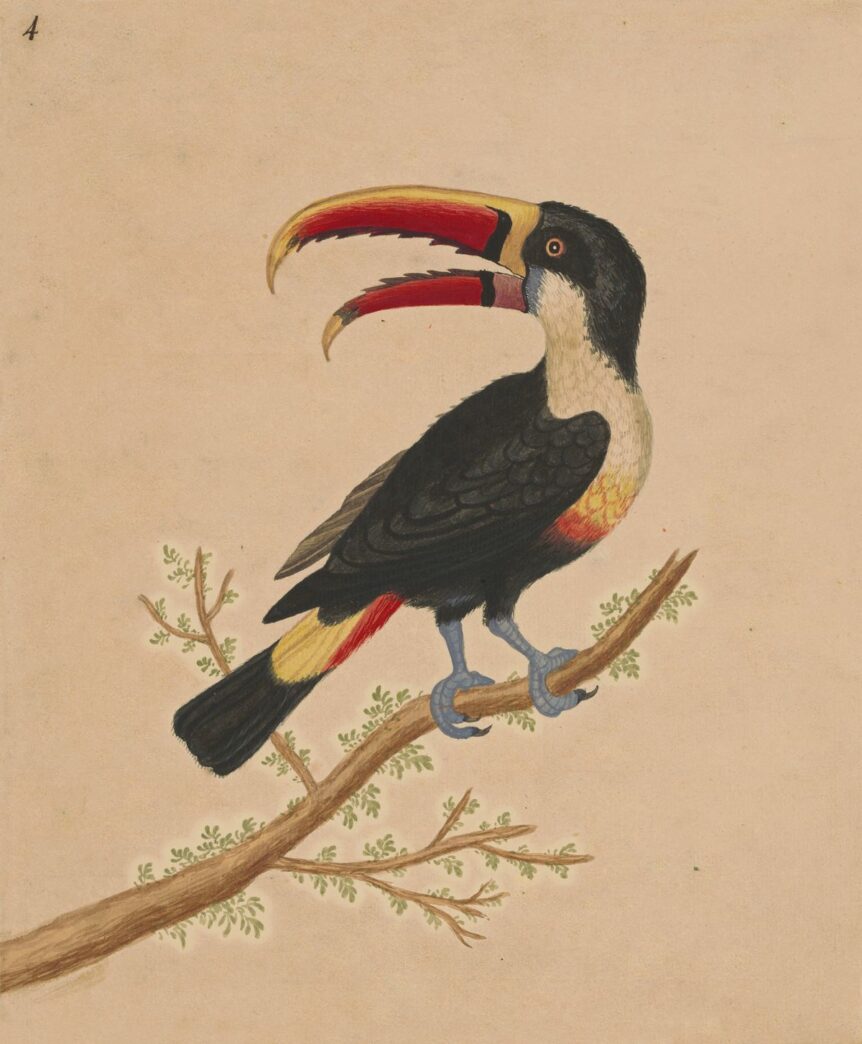
Many decades before John James Audubon traipsed the wilderness of North America bagging specimens for his bird illustrations, George Edwards did the same in Europe and elsewhere. Known as the father of British ornithology, Edwards over the course of twenty-one years, from 1743 to 1764, compiled a seven-volume study of Continental natural history that included some 317 hand-colored prints of birds.
John Drayton, founder of the landmark Palladian estate near Charleston, South Carolina, was the only subscriber in America to the first volume of Edwards’s opus. (The first four volumes were titled A Natural History of Uncommon Birds; the final three were titled Gleanings of Natural History.) Drayton Hall will loan some of the twenty-one Edwards bird prints in its collection, including the white-throated toucan and black-bellied hummingbird, to the Charleston art and antiques fair opening on March 21. The fair takes place at Charleston Festival Hall and runs through March 24.
Flights of Fancy: An Exploration of Uncommon Birds • Charleston Festival Hall, South Carolina • March 21–24 • draytonhall.org charlestonshow.com

